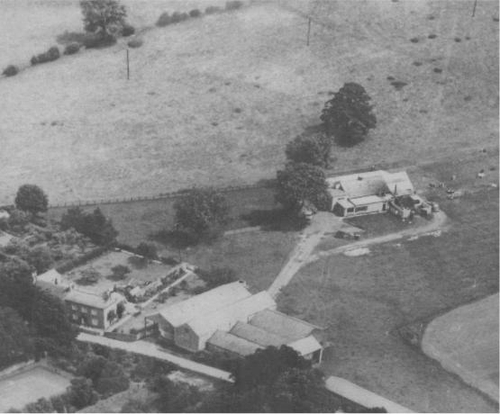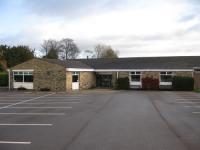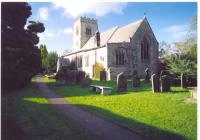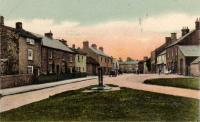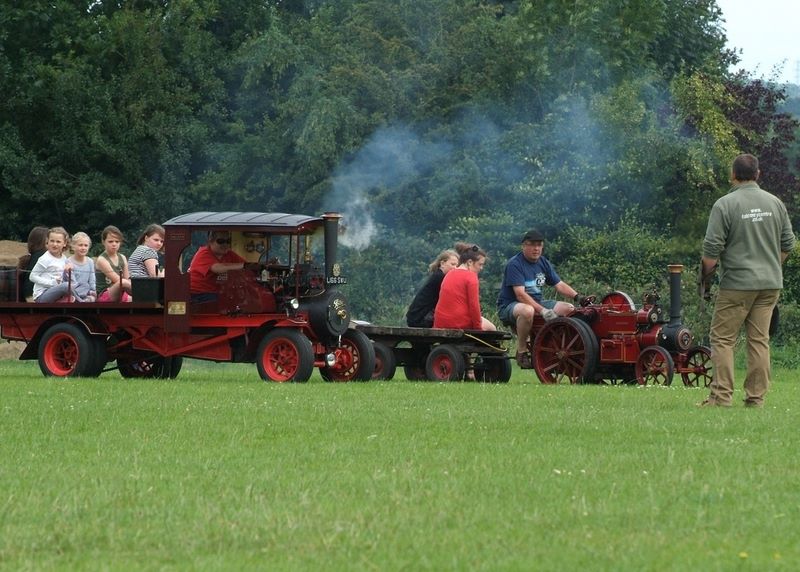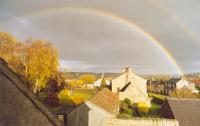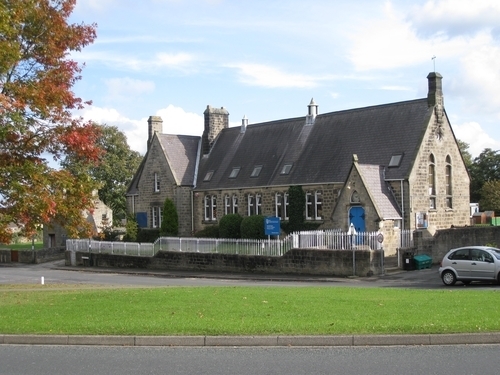Recent articles
© DT Online 2010 - 2025
| AbattoirAs a centre of agriculture, Hampsthwaite has had many slaughterhouses in or near the village area. According to plans drawn by the late Bernard Wilson (see Book One -"Villagers' Reminiscences") one was situated off Hollins Lane; another opposite the present Peckfield estate; another amongst farm buildings south of the Village Room; behind the site of the Joiners Arms; on farmland abutting the north bank of the river and east of the river bridge; on a site near South Royd and yet another to the east of the barns from which South Royd and adjacent houses were recently formed. The approximate positions of those slaughterhouses can be seen by clicking here to see illustrations produced for a village history exhibition by Bernard Wilson on which they are marked as 'SLT HOUSE'. It is the last of those slaughterhouses (marked 3RD SLT HOUSE) which we see in the aerial photograph above and that one which assumed the greatest importance. It stood on part of the farmland owned by the Addyman family (click here to read an account of ownership of land on the east side of Church Lane). Bernard Wilson had this to say . . ."The abattoir, as run by Mr. Addyman, has always been here and cannot really be moved from its present spot. In the past all the buildings around it were part of a huge farm, while the abattoir itself was solely for the locals in the village. Of the other slaughter houses, one was up near the Dale Hall, and I used to go there on Mondays and Tuesdays to help my uncle; the main one when I was a child was down at Bridge End Farm, over the bridge and down what we called "the cinder path" on the right. I rather think that there was a family there called Dearlove, some relation to the Addyman's, hence Dearlove Addyman's name" Villagers today will have memories of how, until recent years, the Abattoir received a stream of deliveries of livestock sent for slaughter from farms in the vicinity and creating frequent congestion in Church Lane as vehicles queued for entry to the site. Until as recently as 2007/8 a line of steel bollards stood on the pavement opposite the entrance so as to protect pedestrians from such traffic. The slaughterhouse itself was demolished when, at the beginning of the present century, planning permission was given for the construction on the slaughterhouse site of the housing development known as "St. Thomas a'Becket Walk". Notwithstanding the traffic and other nuisances which may have been associated with the slaughterhouse, there was considerable resistance to the granting of planning permission and that can be read about by clicking here. Abattoir As a centre of agriculture, Hampsthwaite has had many slaughterhouses in or near the village area. According to plans drawn by the late Bernard Wilson (see Book One -"Villagers' Reminiscences") one was situated off Hollins Lane; another opposite the present Peckfield estate; another amongst farm buildings south of the Village Room; behind the site of the Joiners Arms; on farmland abutting the north bank of the river and east of the river bridge; on a site near South Royd and yet another to the east of the barns from which South Royd and adjacent houses were recently formed. The approximate positions of those slaughterhouses can be seen by clicking here to see illustrations produced for a village history exhibition by Bernard Wilson on which they are marked as 'SLT HOUSE'. It is the last of those slaughterhouses (marked 3RD SLT HOUSE) which we see in the aerial photograph above and that one which assumed the greatest importance. It stood on part of the farmland owned by the Addyman family (click here to read an account of ownership of land on the east side of Church Lane). |




